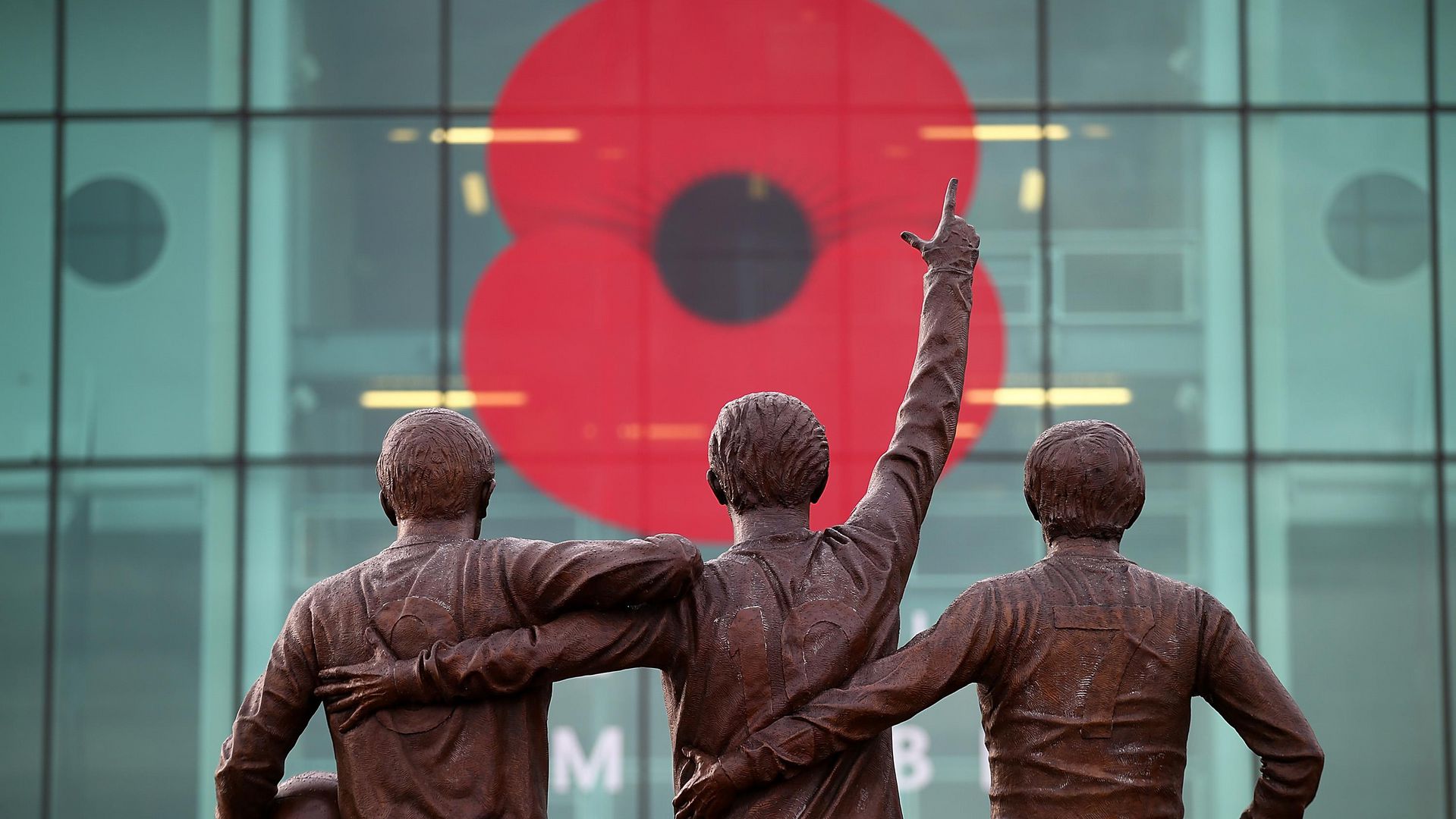
[ad_1]
This Scottish forward made two Reds appearances after he joined from Ayr, and is the most recently added to the list of players lost in conflict. Mark Wylie: “What confused us was that he was in a London battalion but we then discovered it was the London Scottish. It turns out he became a tailor in London and so we followed the trail and Ayr confirmed he was our player.” Kerr died of wounds in a hospital near Boulogne, France.
Private 43594 Harry Levis | 22nd (Service) Battalion (7th City) Manchester Regiment | Manchester United 1913-14
Mark Wylie: “We haven’t found any match reports stating he played for us, but his inclusion here is justified because he was a reserve player and was registered with the club. The name Harry Levis appears only three times in the 1911 census, two of them from the North West with one of those in Salford. He went missing in action with the Manchester Regiment and is commemorated at various churches in the Eccles/Salford area. We’re pretty certain he’s our player and was a war casualty.”
Private F/1723 Oscar H.S. Linkson | 17th (Service) Battalion (1st Football) Middlesex Regiment | Manchester United 1908-13
The full-back spent five years at the club, making 59 appearances, including seven in the title-winning season of 1910/11. Hailing from Barnet, he enjoyed a couple of good seasons with the Reds but after being hampered by injuries he moved to Ireland to play for Shelbourne. He joined the footballers’ battalion and was killed on the Somme. His name is also on the Thiepval Memorial.
Private 24744 Patrick McGuire | 17th (Service) Battalion (2nd City) Manchester Regiment | Manchester United 1910-11
He played for both Manchester clubs: while only representing the reserves for United, he turned out for City’s first team. Although he never really made it at United, McGuire was a well-known player around the Manchester area – representing a number of clubs including Hurst, now Ashton United. He was relatively early to sign up, joining one of the early pals battalions of the Manchester Regiment. Another to die on the Somme, he is commemorated in Thiepval and also at St Chad’s Church in Cheetham Hill.
Lieutenant Charles N. Newcombe | 7th (Service) Battalion King’s Own Yorkshire Light Infantry | Manchester United 1913-14
The only officer among our players killed in conflict. An amateur with the reserves, he was educated at a private school in Chesterfield. Mark Wylie told us: “He had been desperate to join the army at the outbreak of war and applied for commissions to get in as an officer, eventually getting one with the King’s Own Yorkshire Light Infantry. He was shot by a sniper while serving near Armentieres, France, in 1915.”
Private 28819 Harry Reynolds | 20th Battalion Manchester Regiment | Manchester United 1907-09
Part of the 20th Manchesters, Reynolds lost his life on the first day of the Battle of the Somme (1 July 1916). Born in Blackley, Manchester, in 1884, he became a noted athlete and signed for United on 10 August 1907 as an amateur player. Records show he played only three times for United’s reserve team, doing so as an inside-forward in Lancashire Combination matches against Oldham Athletic, Bolton Wanderers and Burnley in April 1909. He volunteered to serve in the army in 1915 and is buried in Dantzig Alley British Cemetery in northern France.
Private 6041 James Semple | 10th (Service) Battalion Lancashire Fusiliers | Manchester United 1908-09
Another Scot, from Perth, he was a baker before he became a footballer and played for a number of non-league clubs in Scotland before joining United in 1908. He never made the first team, however, and returned north of the border. Mark Wylie: “By 1911, he was back down in England, living in Liverpool as a baker, which explains why he joined the Lancashire Fusiliers rather than the Black Watch in Scotland. He was in a battalion known as the Bury Pals, and was another lost on the Somme.”
[ad_2]
Source link

